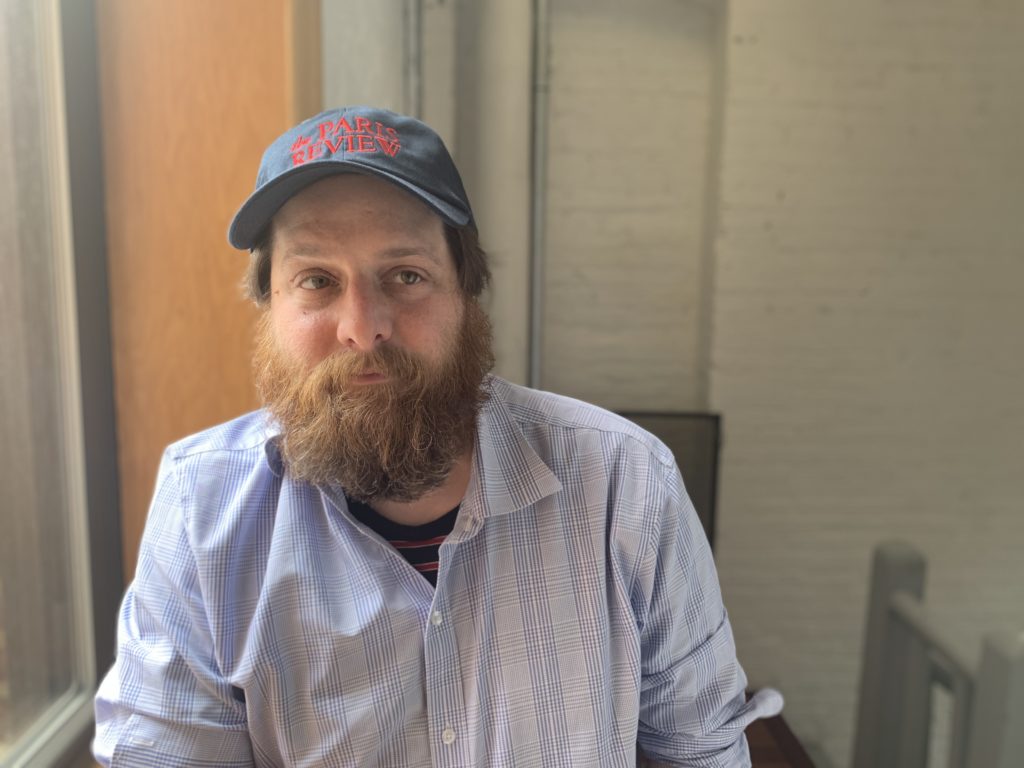We wear a lot of hats here, too. We’re eager for Craig to flex his multifaceted muscles and help guide a great many projects on the web. Stay tuned to this space to see improved site navigation, new features to enhance our sixty-six-year archive, even better newsletters, and a more user-friendly way to get your TPR swag. And the podcast! We’re heading back into the studio—season 2 will be coming this fall.
We asked Craig for a favorite piece from the archive (all of which is digitized and available here), and he replied with a piece from issue no. 215. He writes, “I carry Henri Cole’s books with me everywhere I go, literally—I have all the e-books downloaded on my phone. I feel like he speaks for and out of the dark in my heart, and reaches toward a narrow kind of joy, a pinprick of light, that I’m also drawn to. So I picked this poem, “At the Grave of Robert Lowell,” because, in it, Cole is looking back at another poet who is desperately important to me, complicated for me, as he is for so many others.”
Welcome, Craig!
from The Paris Review http://bit.ly/2QCE2D5

Comments
Post a Comment